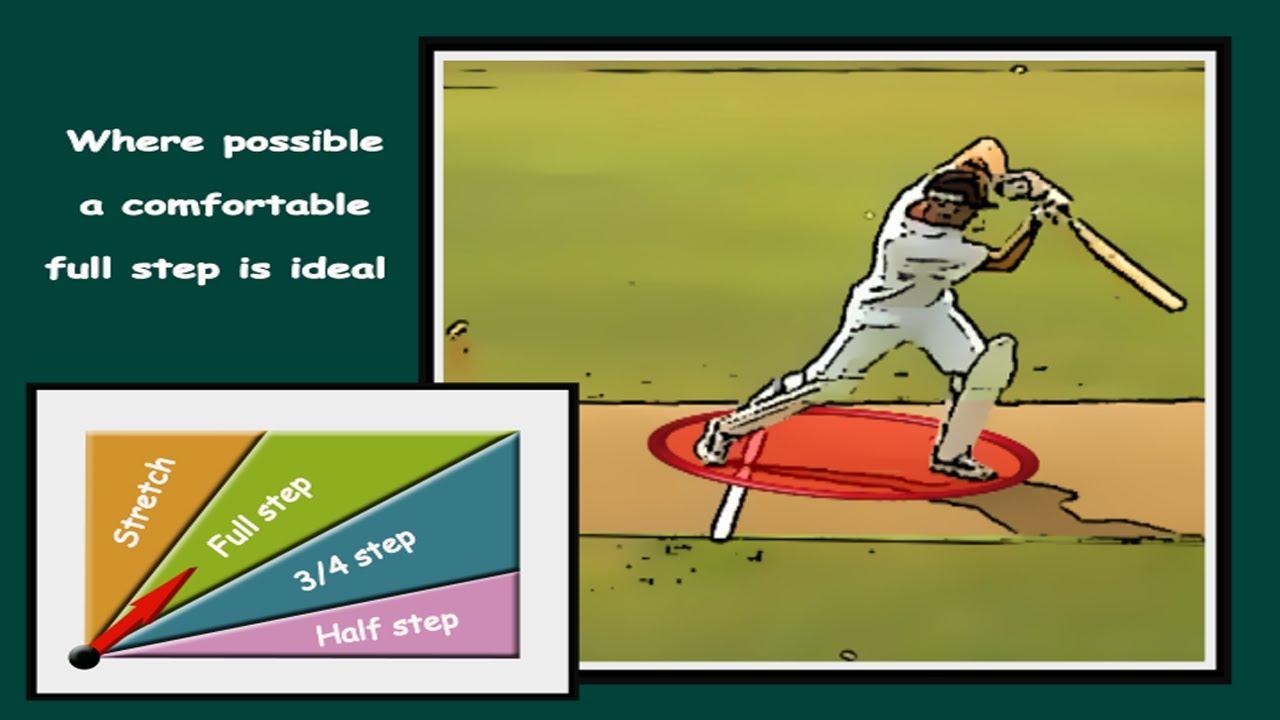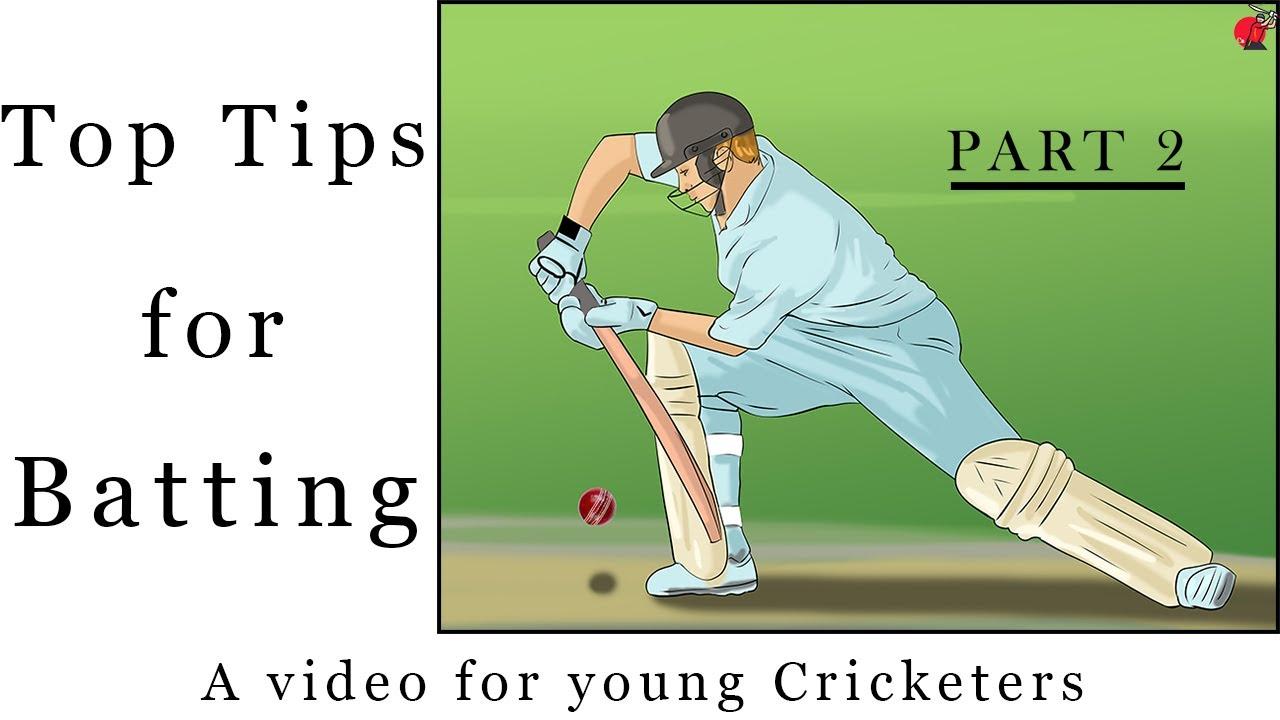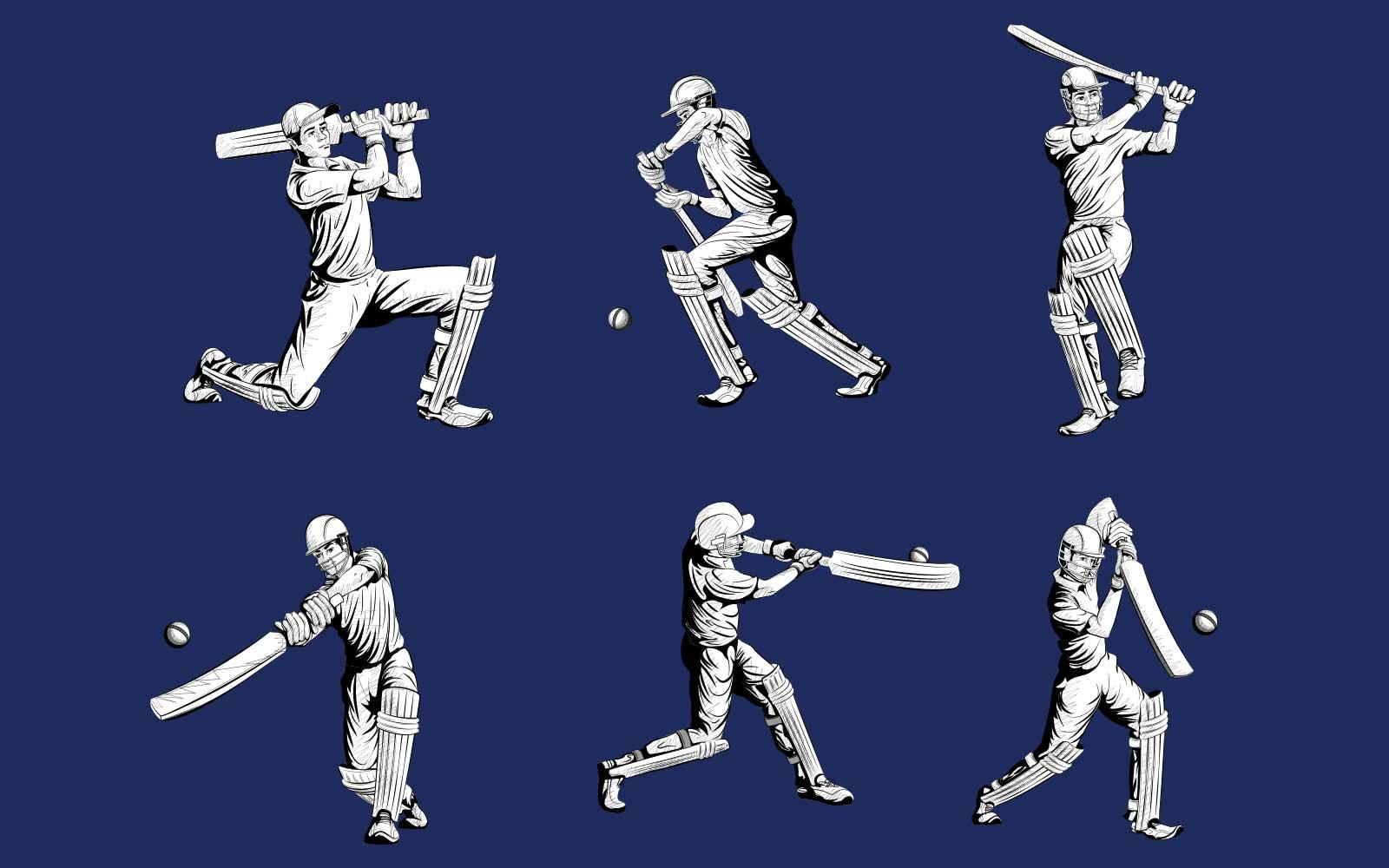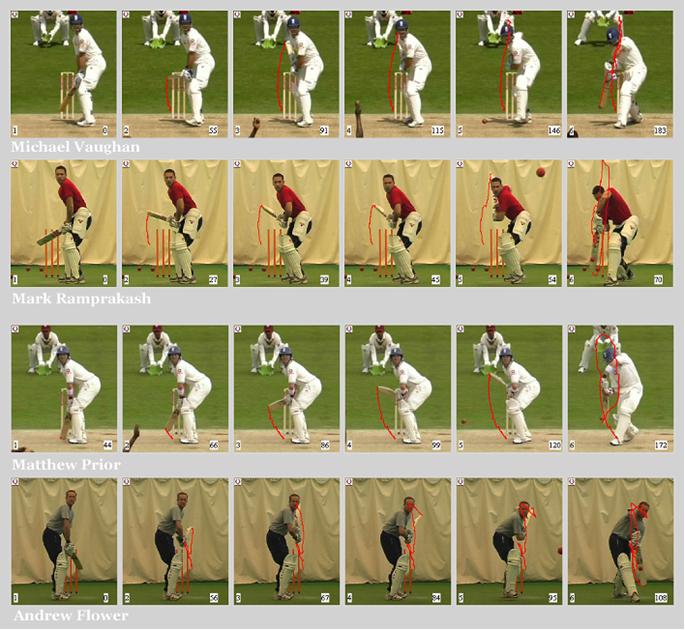In the ever-evolving arena of modern cricket, where every run can tilt the balance of a match, mastering the art of batting has become more crucial than ever. Today’s game demands not only raw talent but also a refined set of techniques that blend precision, power, and adaptability. From the elegant drives on sunlit pitches to the explosive strokes under pressure, batting has transformed into a dynamic skill that continually shapes the outcome of the sport. This article explores the batting techniques that dominate contemporary cricket, unraveling the subtle nuances and strategic innovations that define the modern batsman’s craft.
Table of Contents
- Mastering the Art of Footwork for Precision and Power
- Unlocking the Secrets of Optimal Bat Grip and Stance
- Timing and Rhythm: The Heartbeat of Consistent Batting
- Innovative Shot Selection for Modern Match Situations
- Building Mental Resilience to Excel Under Pressure
- Insights and Conclusions
Mastering the Art of Footwork for Precision and Power
In the dynamic world of batting, footwork is the silent powerhouse that dictates your ability to connect with the ball effectively. Every inch of movement counts – from the initial trigger step to the subtle pivot – enabling you to position your body optimally for both precision and power. Developing a keen sense of balance and timing allows you to react instantly, adjusting to the bowler’s speed and spin with finesse.
Key elements to focus on include:
- Quick weight transfer: Shifting your weight smoothly from the back foot to the front foot creates momentum without compromising control.
- Minimal unnecessary movement: Efficient footwork avoids wasted energy, keeping you agile and ready for the next ball.
- Strong base: A solid stance provides the foundation needed for powerful shots and quick recovery.
Mastering footwork also means understanding the different scenarios you’ll face-each demanding tailored responses. Against fast bowlers, a compact and explosive step forward can neutralize their pace, while playing spin bowling often requires delicate foot adjustments, such as the use of the crease or precise movements to get close to the pitch of the ball.
| Type of Delivery | Recommended Footwork | Primary Benefit |
|---|---|---|
| Fast Bowling | Trigger step + forward drive | Maximize power and timing |
| Spin Bowling | Advance or retreat with crease usage | Control and precision |
| Short Pitch | Back foot quick shuffle | Balance and defense |

Unlocking the Secrets of Optimal Bat Grip and Stance
Mastering the bat grip and stance is the cornerstone of every powerful hit. The way a player holds the bat directly influences control, swing speed, and ultimately, the trajectory of the ball. A relaxed yet firm grip, where the fingers wrap naturally around the handle rather than squeezing tightly, enables quicker wrist action and fluid motion. Many elite hitters advocate for the “knocking knuckles” alignment, where the middle joints of the top hand align with those of the bottom hand, striking a balance between flexibility and strength.
The stance sets the foundation for balance and timing. A slightly open stance, with feet shoulder-width apart and knees softly bent, primes the body for explosive movement toward the ball. Weight distribution plays a crucial role-keeping about 60% on the back foot allows for a powerful forward shift during the swing, generating maximum bat speed. Visualize the stance as a coiled spring, ready to unleash controlled energy at the perfect moment.
- Grip Tips: Avoid gripping too high or too low; mid-handle positioning offers best leverage.
- Stance Variations: Experiment with closed, open, or neutral stances to find personal comfort and effectiveness.
- Foot Placement: Ensure feet are aligned to maintain balance and allow hip rotation.
| Aspect | Common Mistake | Pro Tip |
|---|---|---|
| Grip Pressure | Too tight, causing tension | Hold bat like a bird’s feather-firm but gentle |
| Stance Width | Too narrow, losing balance | Feet shoulder-width for stability |
| Weight Distribution | Leaning too far forward | Shift weight back slightly for power |

Timing and Rhythm: The Heartbeat of Consistent Batting
Mastering the delicate dance between timing and rhythm transforms a batsman from average to exceptional. It’s not merely about swinging the bat; it’s about syncing your movements with the bowler’s delivery, creating a seamless flow that makes connecting with the ball almost instinctive. When rhythm is right, the bat meets the ball at the perfect moment, producing shots that are both powerful and precise.
Key elements to cultivate this flow include:
- Pre-delivery routine: Establish a consistent trigger movement to prepare your mind and body.
- Footwork synchronization: Align your feet movement with the ball’s trajectory, ensuring balance and stability.
- Breath control: Use your breathing to maintain calmness and enhance focus during each delivery.
Without rhythm, even the most technically sound batsman can falter. It is the heartbeat of every innings, dictating the tempo and enabling fluid stroke play. Players who excel in timing often appear to be playing in slow motion, yet their shots blitz past the fielders with devastating effect.
| Aspect | Impact on Batting | Training Focus |
|---|---|---|
| Timing | Maximizes shot effectiveness and control | Ball-tracking drills and shadow batting |
| Rhythm | Ensures consistent shot execution | Pre-shot routines and footwork coordination |
| Breath Control | Maintains composure under pressure | Breathing exercises and mindfulness |

Innovative Shot Selection for Modern Match Situations
In the fast-evolving landscape of cricket, mastering unconventional shot selection has become a pivotal skill for modern batsmen. The ability to read match situations and deploy innovative strokes can shift momentum instantly, transforming pressure into opportunity. Players now blend classical techniques with inventive shots that exploit field placements and bowlers’ strategies, making each delivery a chess move rather than a mere physical contest.
Key elements of this approach include:
- Adaptive footwork: Quick adjustments to length and line enable execution of shots like the scoop, reverse sweep, or paddle scoop with greater control.
- Situational awareness: Understanding the game context helps decide when to take risks or play conservatively, optimizing scoring chances while preserving wickets.
- Shot innovation: Incorporating unorthodox strokes challenges traditional field setups and keeps bowlers guessing.
These components combine to create a dynamic batting style that thrives under pressure. For example, during tight run chases, a well-timed ramp shot over the wicketkeeper can turn the tide. Conversely, in powerplay overs, aggressive boundary-hunting through innovative angles maximizes scoring without compromising stability.
| Shot Type | Ideal Situation | Risk Level | Impact |
|---|---|---|---|
| Reverse Sweep | Spinners, packed off-side field | Medium | Disrupts bowler rhythm, creates gaps |
| Ramp Shot | Fast bowlers, short-pitched | High | Quick runs, surprises fielders |
| Inside-Out Drive | Full-length deliveries, field spread | Low | Consistent run accumulation |
| Paddle Scoop | Slower balls, spin variations | High | Exploits unconventional field positions |

Building Mental Resilience to Excel Under Pressure
When the stakes are high and the crowd is roaring, a batter’s mental strength becomes as crucial as their physical technique. Developing a resilient mindset allows players to maintain focus, adapt quickly, and make split-second decisions without succumbing to pressure. This mental armor is built through consistent practice, visualization techniques, and learning to embrace challenging situations as opportunities rather than threats.
Key strategies to enhance mental toughness include:
- Controlled Breathing: Helps calm nerves and maintain steady focus during intense moments.
- Positive Self-Talk: Encourages confidence and blocks out negative distractions.
- Routine Development: Establishing pre-innings rituals to create a sense of normalcy in chaotic environments.
- Mindfulness Training: Enhances awareness of the present moment, preventing overthinking or dwelling on past mistakes.
Consider this simple mental training schedule, which can fit seamlessly into your daily routine:
| Time | Activity |
|---|---|
| Morning (10 mins) | Visualization of successful batting scenarios |
| Afternoon (5 mins) | Controlled breathing exercises |
| Evening (15 mins) | Reviewing game footage and positive affirmations |
Ultimately, mastering the mental game complements physical prowess, turning pressure into a catalyst for peak performance. By nurturing resilience, players not only elevate their batting but also gain a competitive edge that lasts beyond the boundary ropes.
Insights and Conclusions
As the sun sets on the pitch and the crowd’s roar fades into memory, it’s clear that mastering today’s batting techniques is more than just a skill-it’s an art form constantly evolving with the game. From precise footwork to innovative shot selection, these techniques don’t just dominate the scoreboard; they redefine what it means to wield the willow in modern cricket. Whether you’re a budding player or an avid fan, understanding these methods offers a deeper appreciation of the craft behind every powerful drive and deft flick. In the ever-changing landscape of cricket, the bat remains a storyteller, and the techniques it carries are the language through which legends are made.

